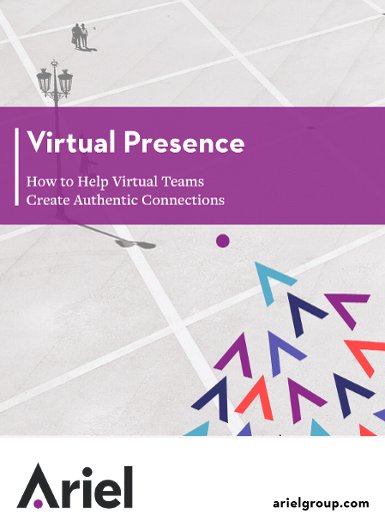Why Not Legislate Clear Writing at Your Company?

The fiscal cliff. Gun control. Legalizing marijuana. These are just a few of the U.S. Federal Government’s hot-button topics set to dominate our airwaves in 2013. With these issues at the forefront of our nation’s mindset, you might assume that reader-centered writing isn’t a major government concern. The Federal Plain Writing Act (FPWA), however, proves just the opposite; government leaders are starting at the top levels to make communications with the public much more accessible.
The Federal Government’s push for clear, concise communications—it’s the law!
Congress enacted the FPWA in 2011 with the goal of giving Americans documents they don’t need a dictionary or law degree to understand. According to the statute, the FPWA’s purpose is “to improve the effectiveness and accountability of Federal agencies…by promoting clear Government communication that the public can understand and use.”
To implement this law, Congress put together a six point plan that starts with executive leaders. Each executive agency must
-
designate officials to oversee the agency’s implementation of the FPWA
-
communicate the FPWA’s requirements to agency employees
-
train employees in plain writing—defined as “writing that is clear, concise, well-organized, and follows other best practices appropriate to the subject…and intended audience”
-
establish a process for ongoing compliance with the FPWA.
The government started a clear writing movement at the top: why shouldn’t you?
The Federal Government has had great success cleaning up their jargon and nonsensical communication in forms, handbooks, and regulations—all with the goal of helping its audience better understand what they are supposed to do. Following a similar plan can help you and your employees accomplish this task faster.
Five strategies to help you create a reader-centered writing culture
Leaders must always take the first step in creating a successful writing culture change for their companies. If you model reader-centered writing, your employees and audience will follow. Here are five easy steps you can take to implement this culture change and keep it going:
-
Identify your champions: Determine who in your company will be most receptive and adaptable to change. Involve these people first. Encourage mid-level managers to lead and support this initiative.
-
Train people in a common process: The government implemented the law and gave their employees the skills and tools necessary to comply. Do the same. Create a learning path for your employees by offering coaching, training writing mentors, and connecting clear writing with other company-wide initiatives or values.
-
Manage and measure: Our Document Analysis and Rating Tool (DART) ™ proves that clear writing is measurable and quantitative. Include your employees’ writing results in performance reviews. Reward their behavior if they’ve exhibited reader-centered success.
-
Focus on infrastructural improvements: How can you assist your employees in the plain writing movement? Look at boilerplates, templates, and models. Can they be improved? Consult with your people to ensure your new writing techniques are meeting their needs.
-
Recognize and reward: Create awards based on the success you measured. Recognize winning documents and employees at high-visibility events to spread the word about your reader-centered writing culture. Communicate proposal wins and successes to the group.
If you and your fellow leaders help your employees write in “plain language,” it will
-
bring happiness and understanding to your readers
-
create a culture of strong communication within your company.
